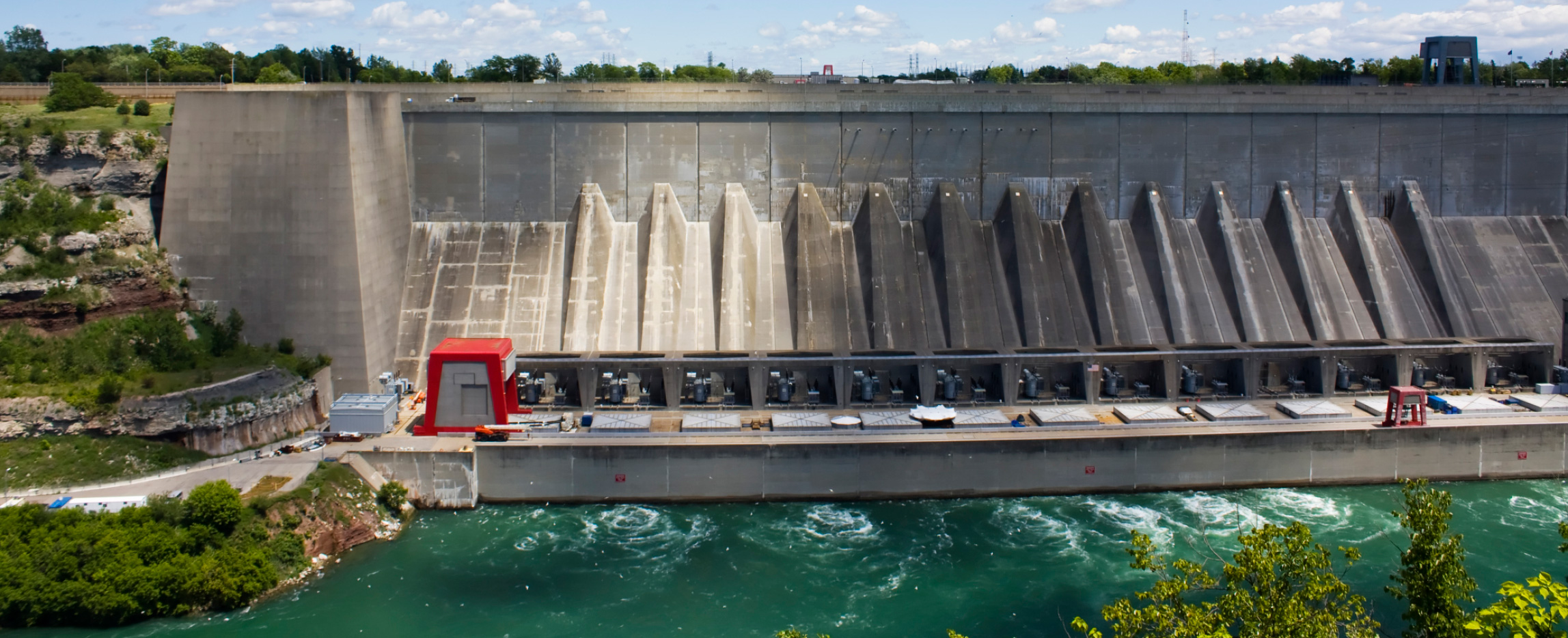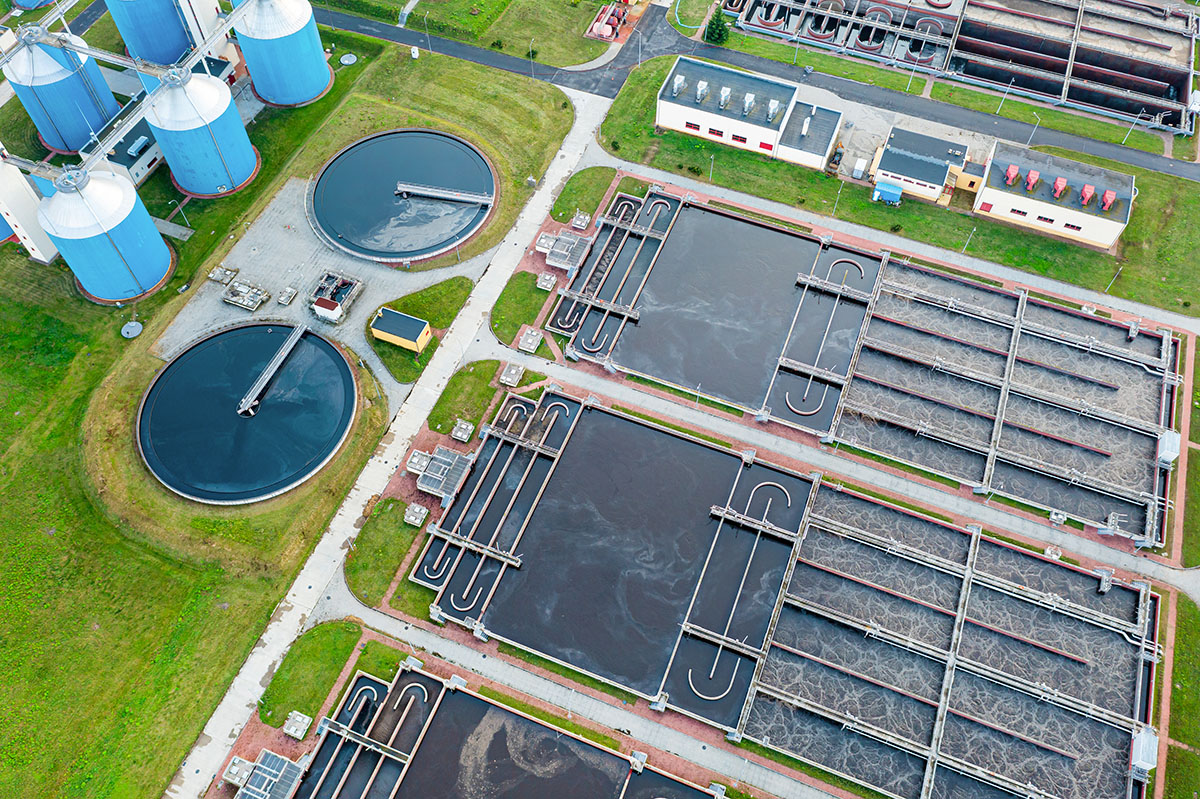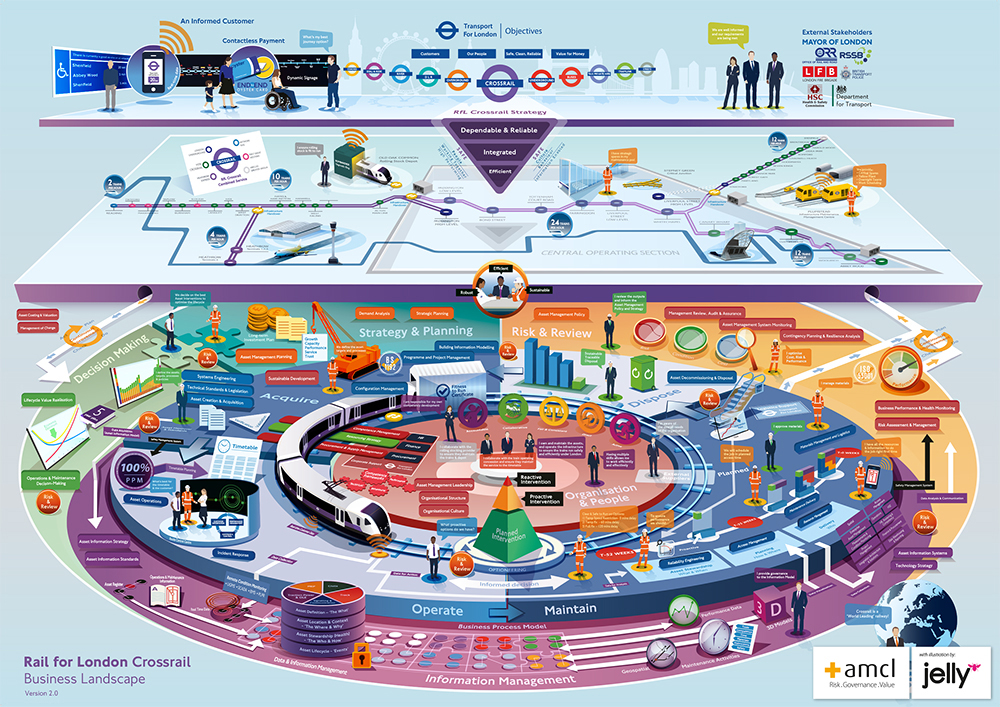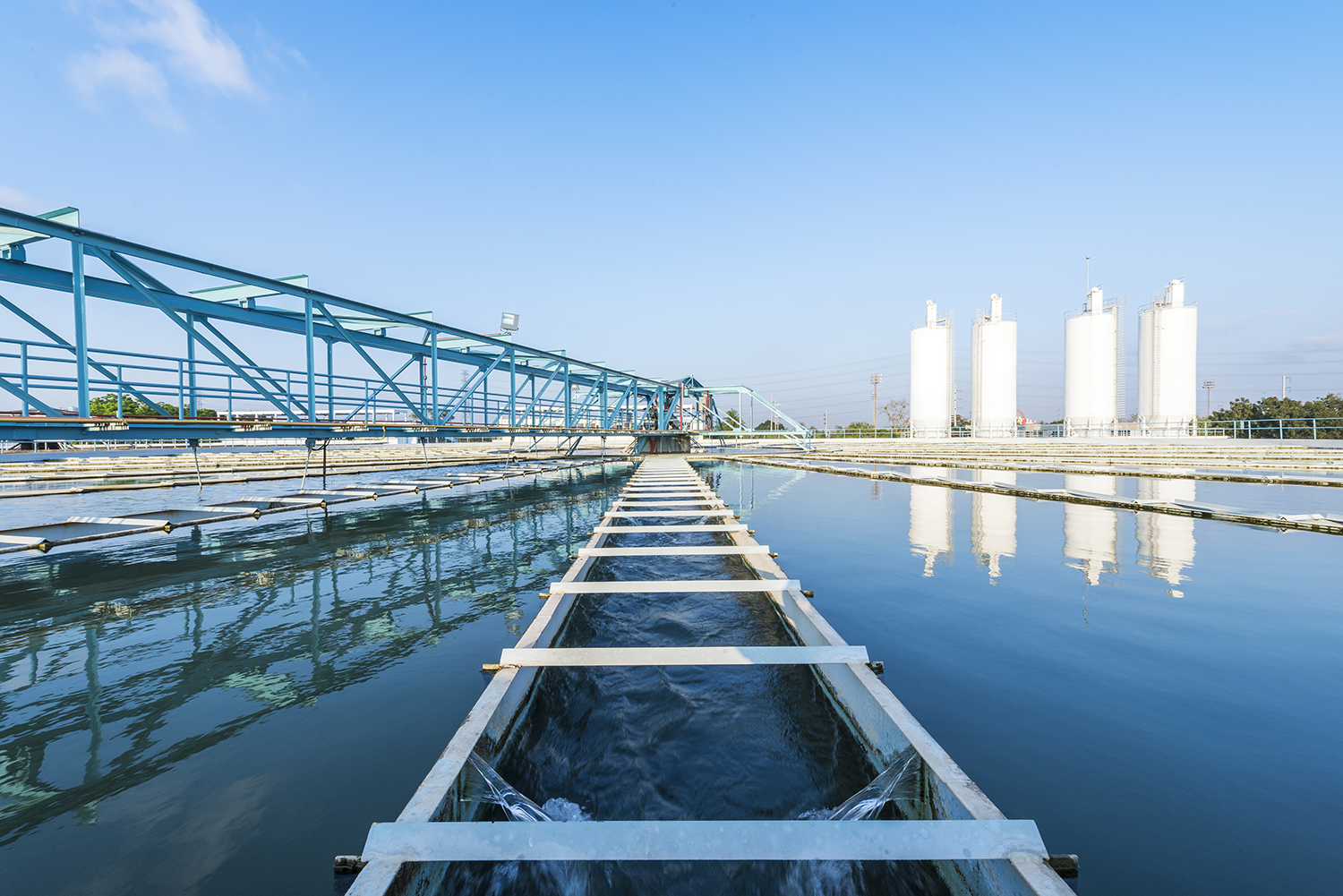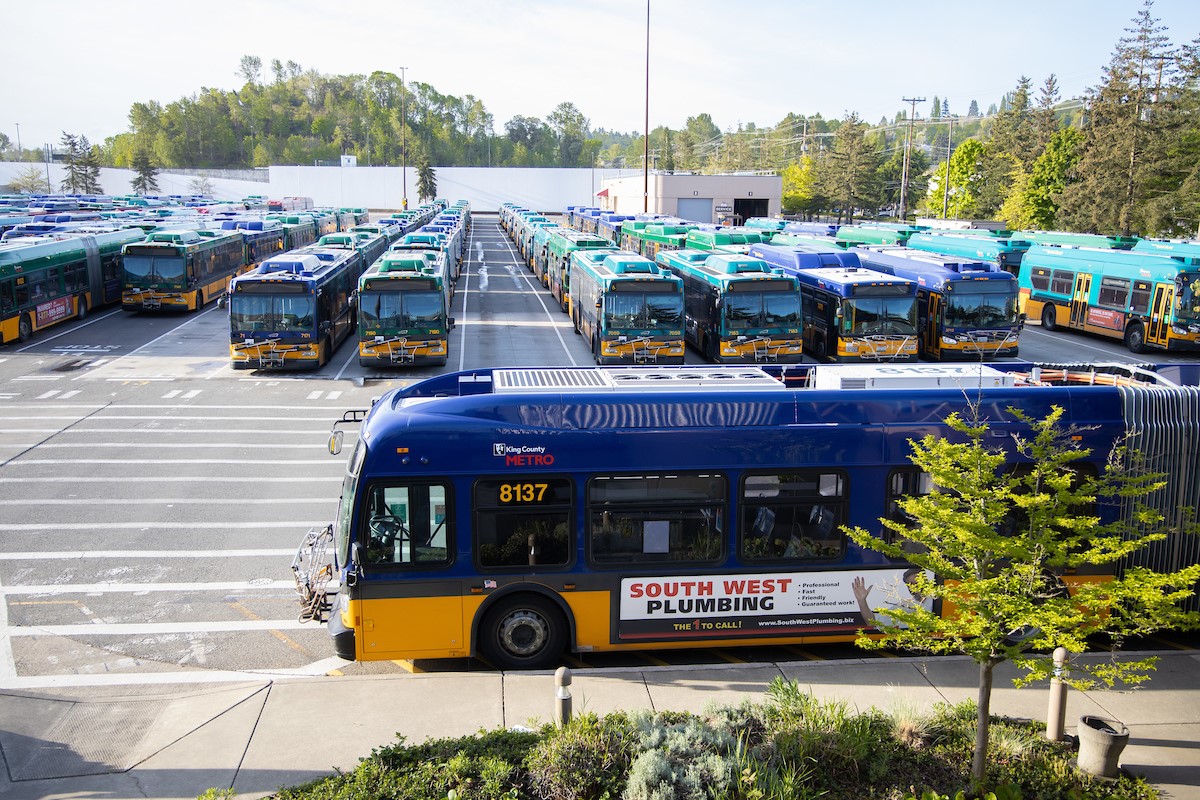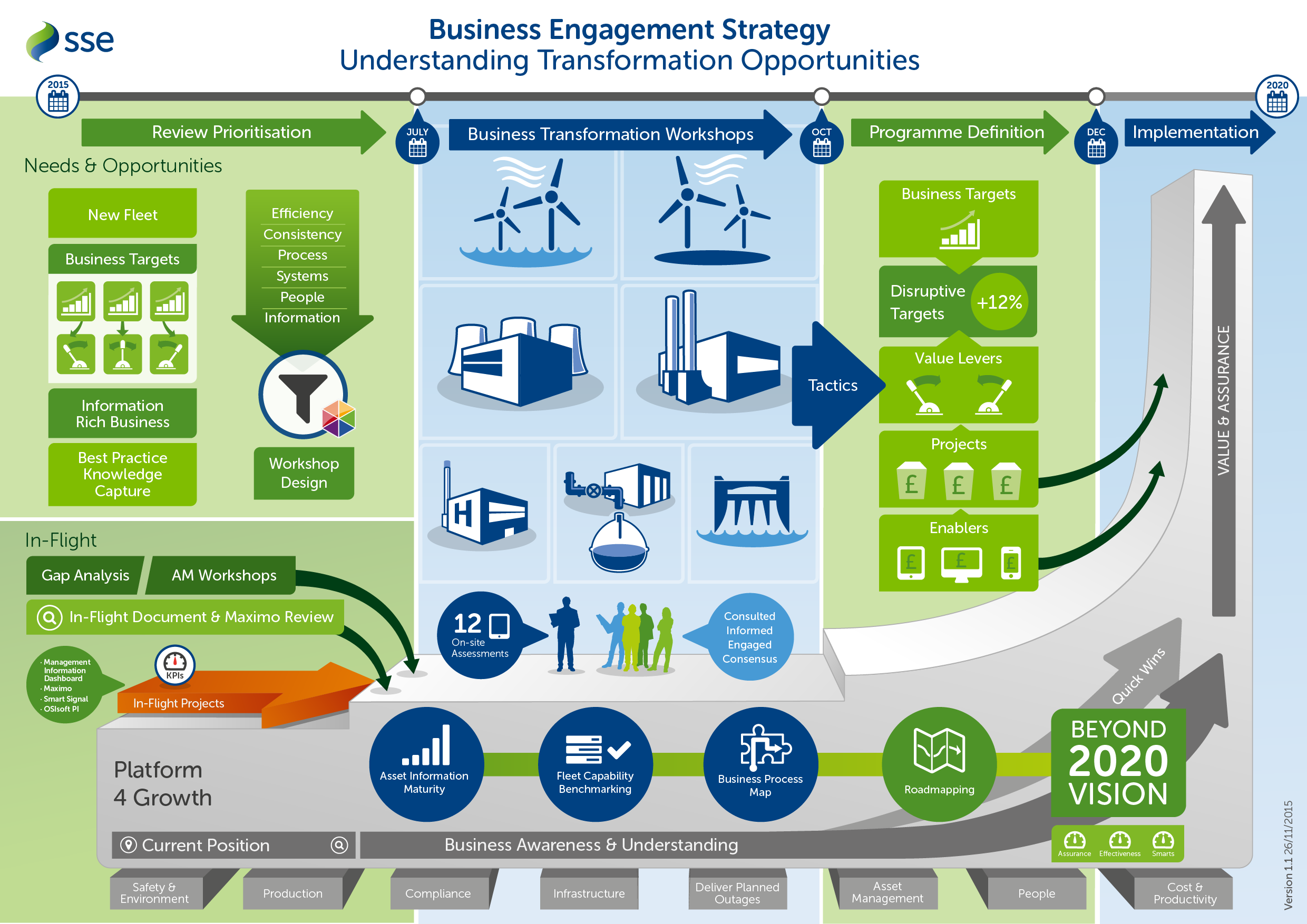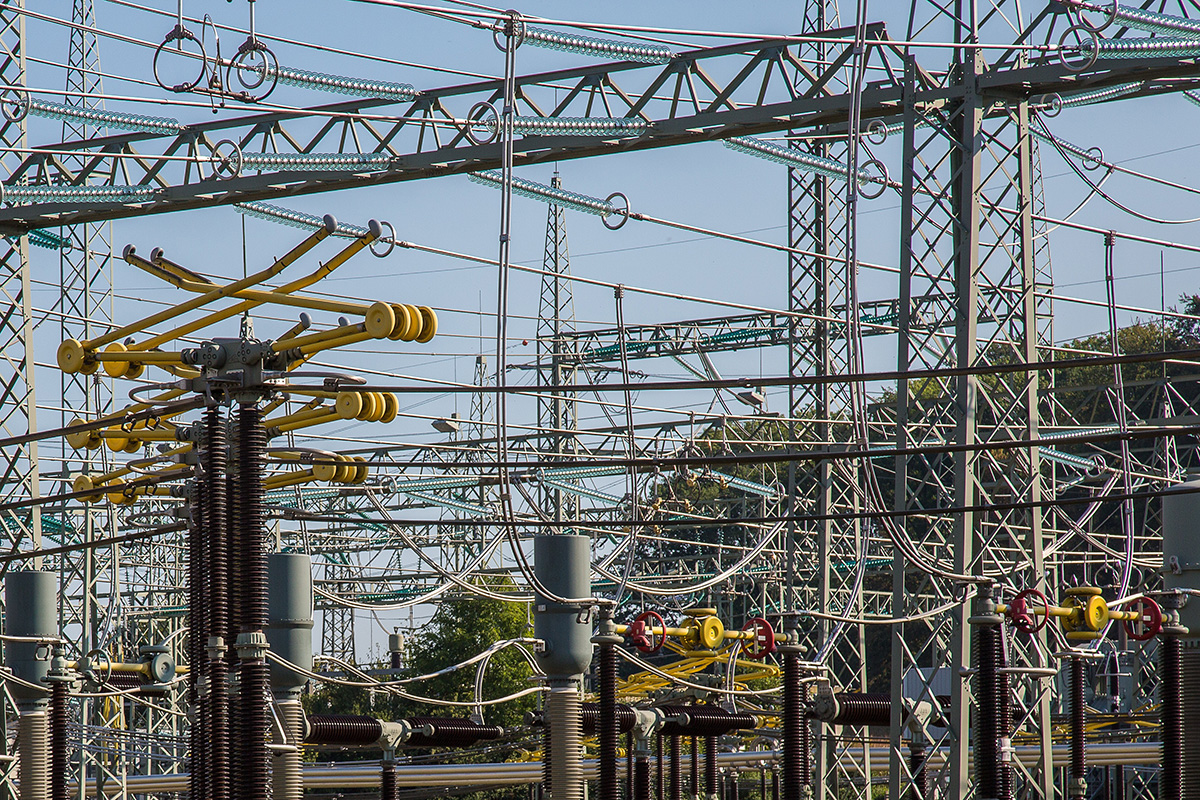
PT PLN Persero Asset Management Improvement Program (Phase 1)
PT PLN (Persero) wants to be the leading electricity provider in Southeast Asia and recognises that implementing good practice Asset Management will help them achieve this and a number of other Corporate goals. AMCL was appointed to assess PT PLN’s Asset Management System and Maturity of their Asset Management capabilities and then implement a Roadmap of Improvements.


